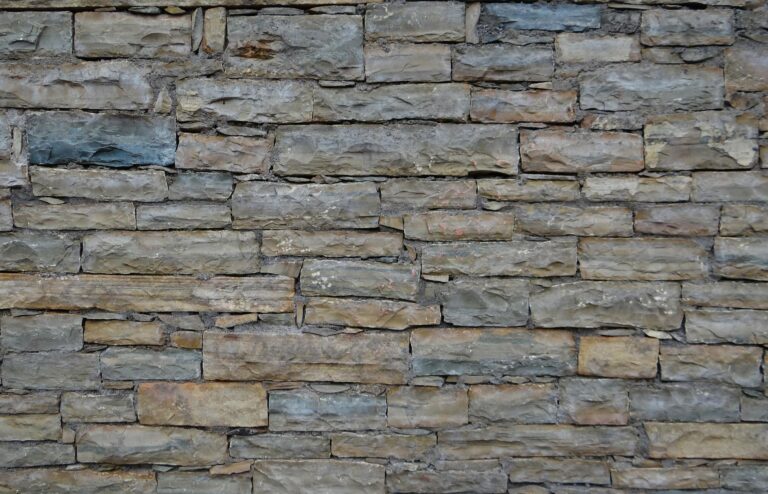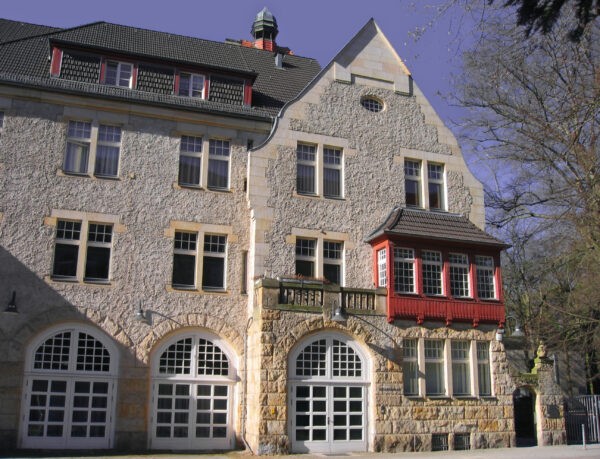Stone cladding on a house’s exterior? YUK! How repulsive, disgusting, and tacky, but it was a famous appearance in the 1970s.
In most circumstances, it looks so out of place and weird with most residences, primarily when used on a terraced house.
Although it can look good in a few special situations, many homeowners are put off by cladding and are unsure how to get rid of it if they already own the property. But not to worry if you already have it, as there are undoubtedly some effective ways to help you get rid of it.
What exactly is stone cladding, and why should you be concerned about it?
For those who are unfamiliar, a definition from an architect, a fantastic architecture directory, suggests:
Stone cladding could be utilised both indoors and out. Internally, the tiling can be adhered directly to inside walls. Externally, it refers to a type of exterior wall finish usually attached with stainless steel fasteners; there are also patented stone cladding waterproof membrane systems that connect the panels of stone cladding to expanded aluminium mullions that are fixed to the main structure.
Any rainwater that penetrates the front seal of a cladding waterproofing membrane system is drained and discharged through weep pores in the stone cladding.
Another type of cladding refers to a thin sheet of natural stone attached to the outside of a concrete panel, which gives the appearance of cladding while saving money on materials.
Earlier different ways were utilised by people for stone cladding, as it was a trend back then. However, this is now a tacky look that none of us want for our home’s exterior and people are in constant search of ways to get it removed.

How do you figure out how difficult something is?
So, how do you get rid of stone cladding? Of course, it all depends on how it was set up in the first place. If you’re not certain which technique was used, double-check before proceeding with the removal. One technique to check is to tap on the wall; if you detect a hollow sound, it suggests there is a gap between the cladding and the wall. This is wonderful news because it means the cladding will be so much easier to remove. However, if there isn’t any hollow sound, the outside is directly bonded to the brick wall, and removing it could cause harm to the surface.
So, what could you do if your home had stone cladding on the exterior?
Stone cladding can be problematic because it traps moisture; however, removing it is a complicated task that should be left to professionals.
They’ll presumably install scaffolding and possibly board up windows before smashing off a chunk of cladding with a hammer, starting from the top. Then they’ll chisel underneath the remaining parts, one by one, removing them.
The brick underlying will invariably be damaged, and eliminating cladding might result in the loss of original mortar joints or even brick or block faces. You might also find that the cladding was used to disguise or conceal more severe issues such as significant splits and sinking.
The surface left following cladding removals may require extensive work, including shot blasting or sandblasting. Still, in more extreme cases, the homeowner may be required to have the façade rendered and subsequently painted.
It’s unlikely you’ll be able to restore the wall to its former state, so it’s preferable to put up an alternative surface onto the wall in line with the house’s character.
As a rule, removing stone cladding is a costly and time-consuming process, not to mention aggravating, because you have to reverse what was basically a fad or trend in the 1980s.
Stone cladding is still being used yet in many various forms, but primarily as a feature, such as with a window head or quoins (corner pebbles on house borders), but it is rare to hear of a property being coated in stone cladding like it was in the past; people nowadays have a better taste!
Another issue is a bit of a problem. If the original cladding was placed to the house’s outer walls by cowboy builders, it is far more likely to be easier and quicker to remove than if professionals had applied it!

The most effective methods for removing stone cladding
Stone cladding is typically made out of tiles or smaller pebbles that have been processed in a tile-like fashion. If you discover that the cladding is glued directly to the brick wall, the one and only method to remove it is to chip it away. A pry bar, chisel, power hammer chisel, or hammer can be used for this purpose. You want to go for the grout joint that connects the stones, or if that isn’t possible, the space between them. To separate the single stones from the cement mortar, you’ll need to exert leverage and loosen them.
Take extra precautions around windows and other sensitive areas of the home. Of course, you should anticipate the need for extra work on the brick wall, including re-pointing and finishing.
Also, what happens to the rubble leftover once after the removal of the stone cladding?
Rather than throwing it away or paying someone to do it for you, certain stone cladding pieces may be used as attractive edging or walling in your garden or yard. By utilising your brain, you might save both the environment as well as your money in a variety of ways!
Ideally, it would be best to take down your stone cladding and then replace it with a fresh coat of paint. Remember, you cannot just replace the stone cladding and be done with it.
There will almost probably be destruction to the wall beneath, so unless you want your home’s exterior to appear even worse than it did before, you’ll need to think about how it should be put back on, which is usually rendered with a resistant paint finish.
The faults left behind by cladding fixing points will not be covered by ordinary masonry paint.









